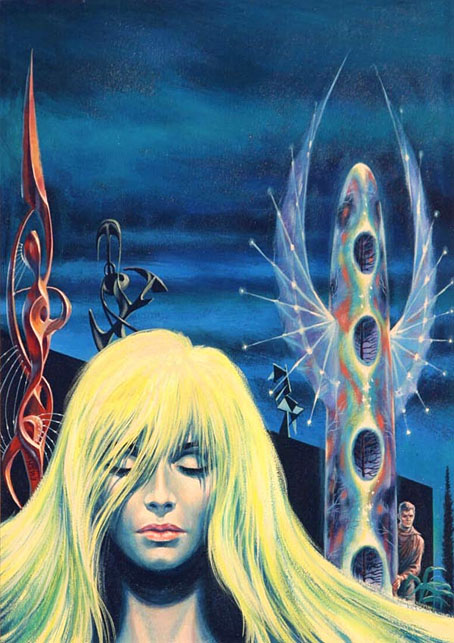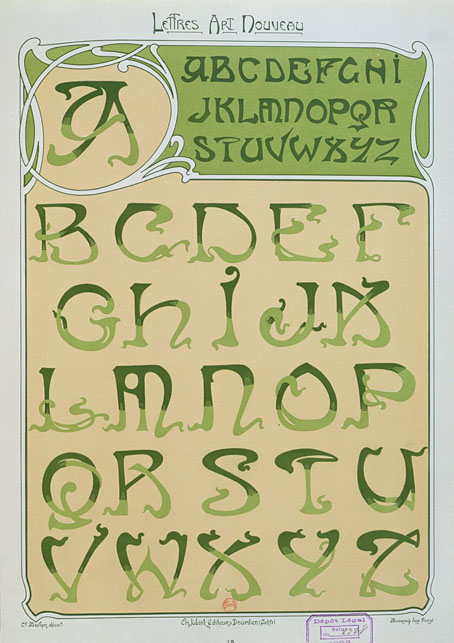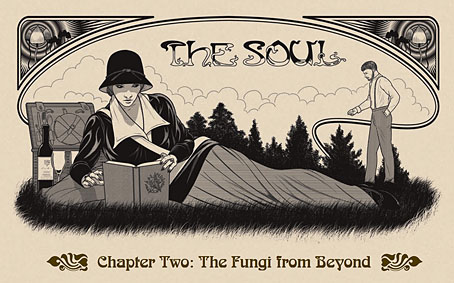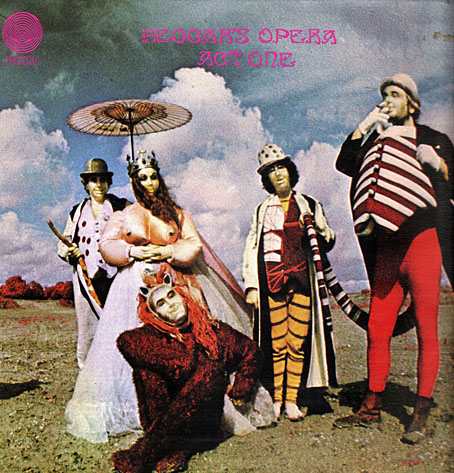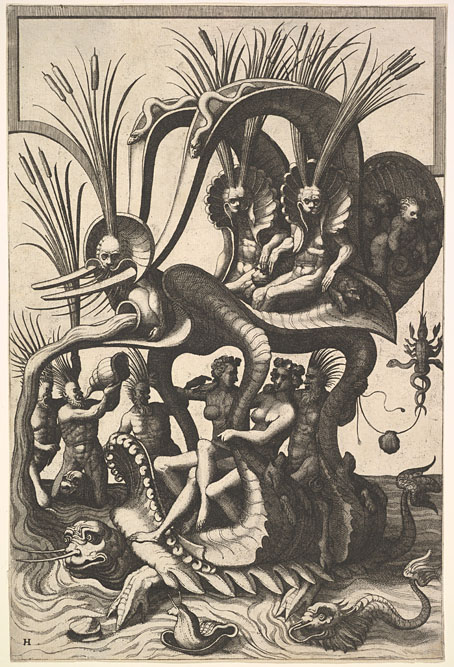
E is for Elefante.
Last week I was trying without success to find the origin of a calligraphic alphabet I have in a book about ornamental typography. A failed quest but the search did turn up a couple of those illustrated alphabets that were popular in the 17th and 18th centuries, including this first one which I have as poor reproductions in another book. Alfabeto in Sogno (“Dream Alphabet”), a book of etchings by Giuseppe Maria Mitelli, dates from 1683, and shows the letters of the alphabet constructed by posing human figures, some of which require props to create their letters. A common feature of the abecedary is an attempt to match one or more details in the picture to the letter in question, something which Mitelli does with a small illustration of an animal. Each of his plates also includes a few lines of verse and the less common addition of details intended to help students of drawing.

E is for Endymion.
A’ dilettanti delle bell’ arti (“To the Amateurs of the Fine Arts”, 1785) by Giovanni Battista Betti opts for an easier method of depicting human-sized letterforms with a series of tableau-style caprices in which the shapes of the letters are formed by baroque curlicues or lengths of fabric arcing around the figures. Not all of these figures are human. Where Mitelli matches animals with each letter, Betti chooses characters from mythology—Bacchus, Endymion, Faunus, Ganymede and so on—or fills the space with the putti that are ubiquitous fixtures of the art of this period. You can take this as a quiz without an immediate solution: I couldn’t decipher the identities of all the non-putti characters but then my knowledge of Classical mythology isn’t very thorough.

B is for Babylon.
The third alphabet is one that’s appeared here before, the Alfabeto Pittorico (1839) of Antonio Basoli, but the copies I linked to ten years ago were hosted on a dubious Russian site which is now defunct. No matter, all the plates may now be seen at Gallica where they should have a more permanent home. Basoli’s abecedary is my favourite of the three, being a collection of very plausible architectural designs that pastiche the building styles of different countries or eras. Once again the viewer is challenged to try and match the letter with the view in which the letter-building is situated. Some of these are very easy (the identity of H with “harem” is revealed by a sign above the door) while others are complicated by Basoli’s loose interpretation of ancient architecture. As for assignation of the ampersand below, that’s anybody’s guess.

Elsewhere on { feuilleton }
• The etching and engraving archive
Previously on { feuilleton }
• Liber Artificiosus Alphabeti Maioris
• Abeceda
• The Royal Picture Alphabet
• Giovanni Battista Pian’s Pictorial Alphabet
• Antonio Basoli’s Pictorial Alphabet
• Grand capitals
• Paulini’s mythological alphabet

